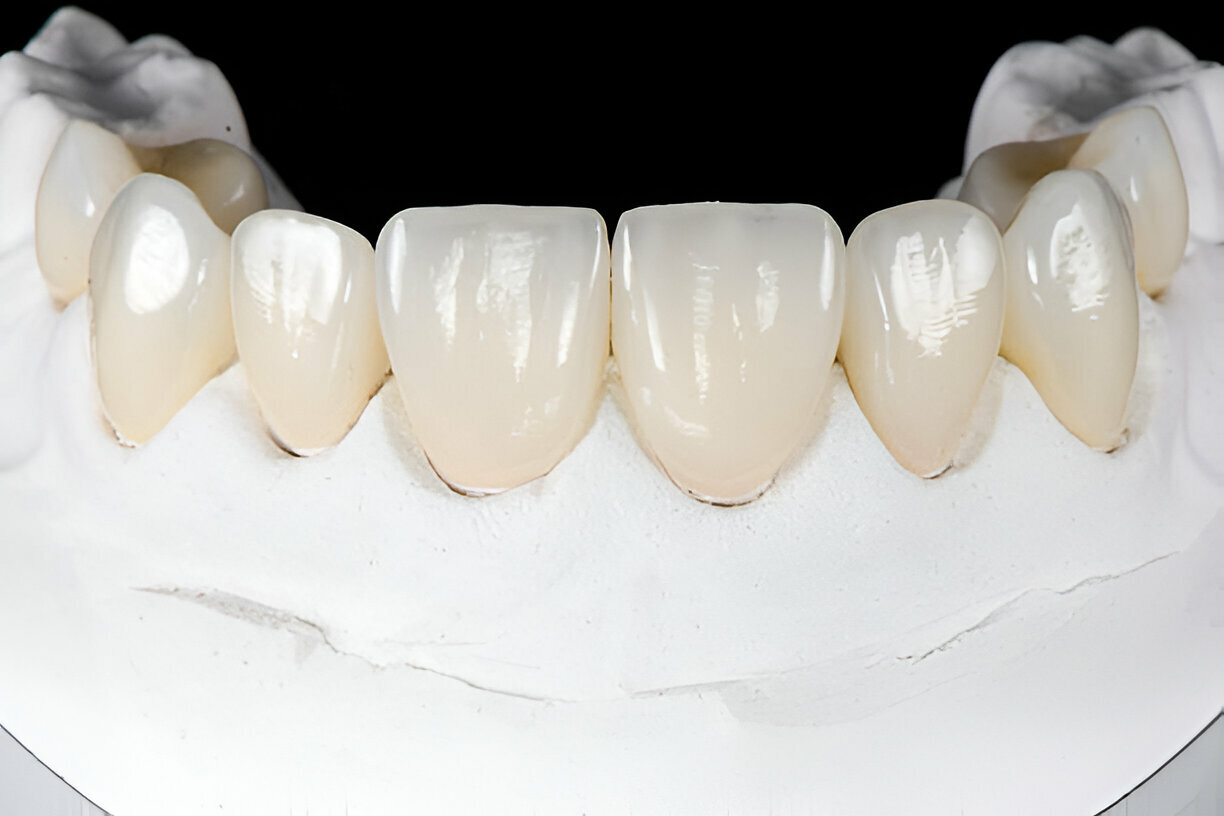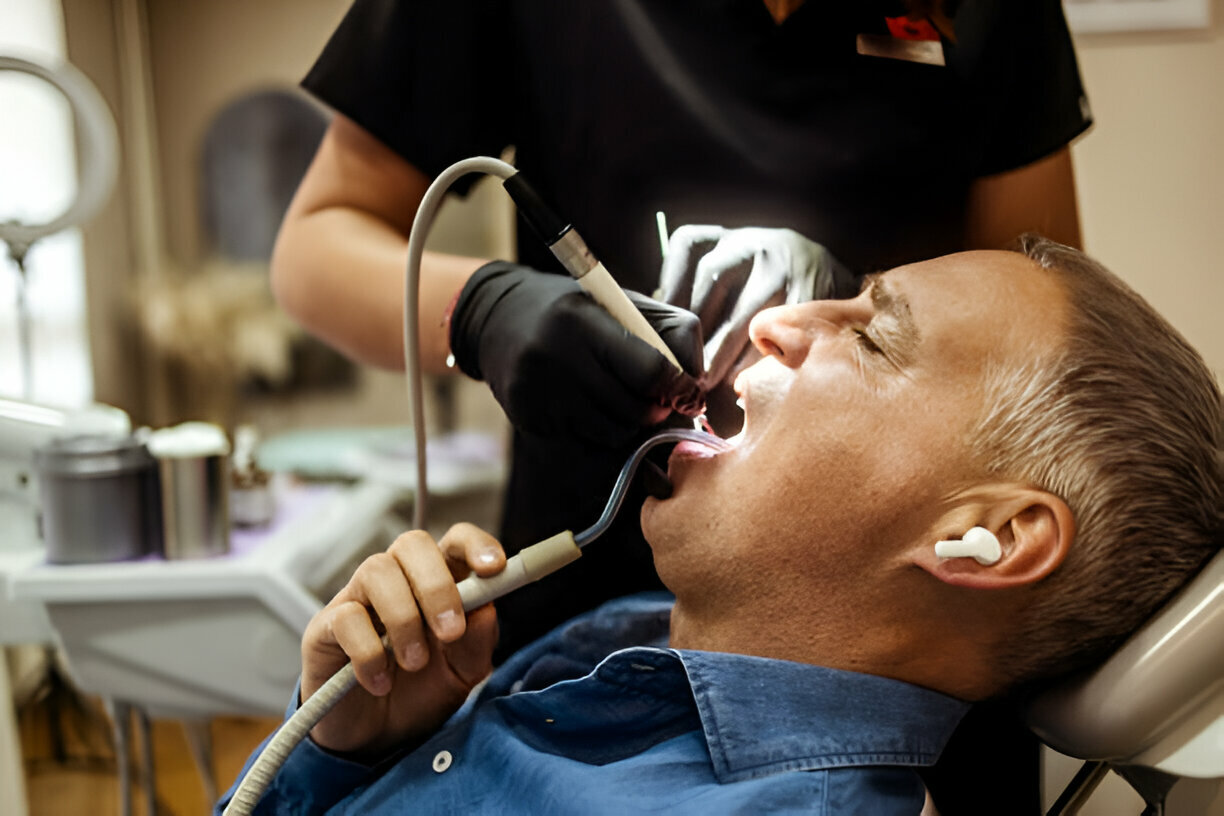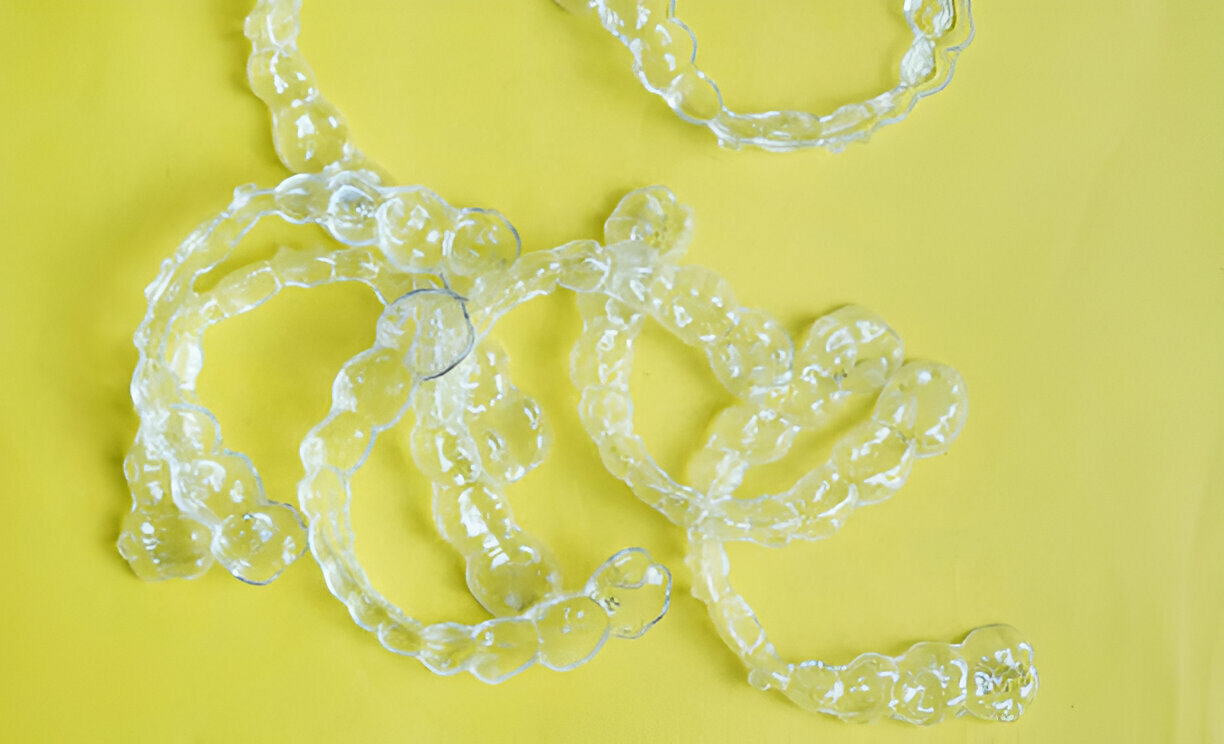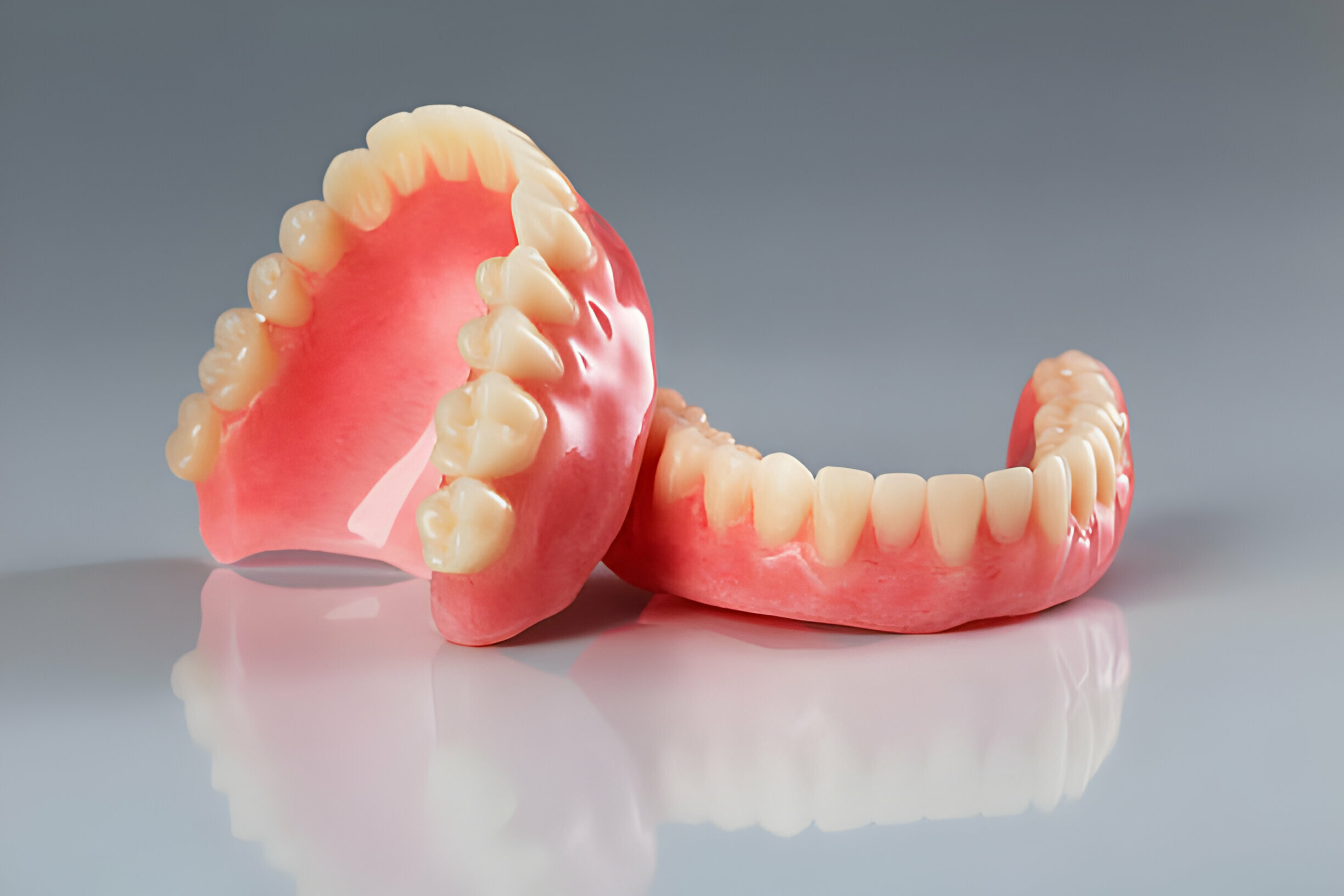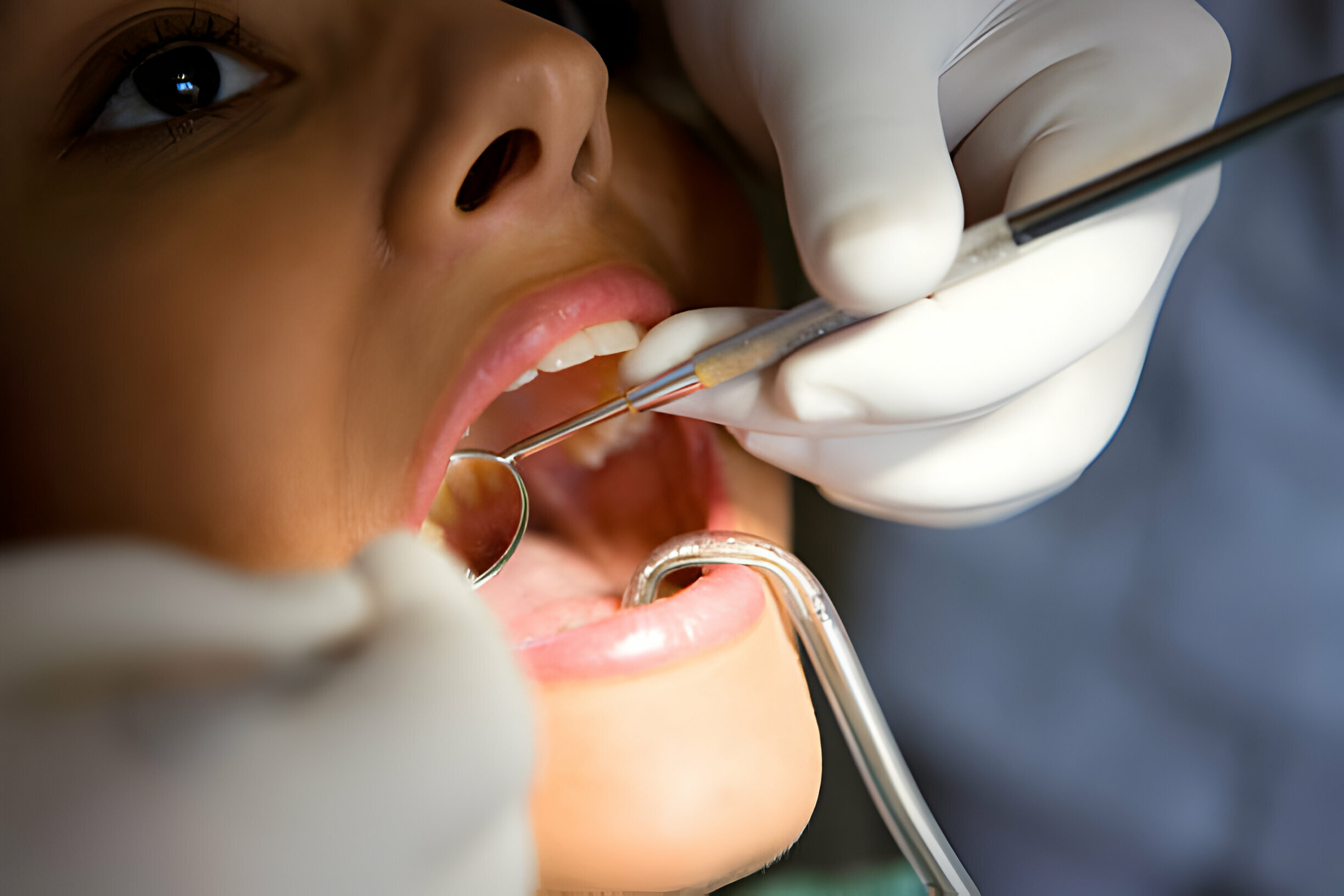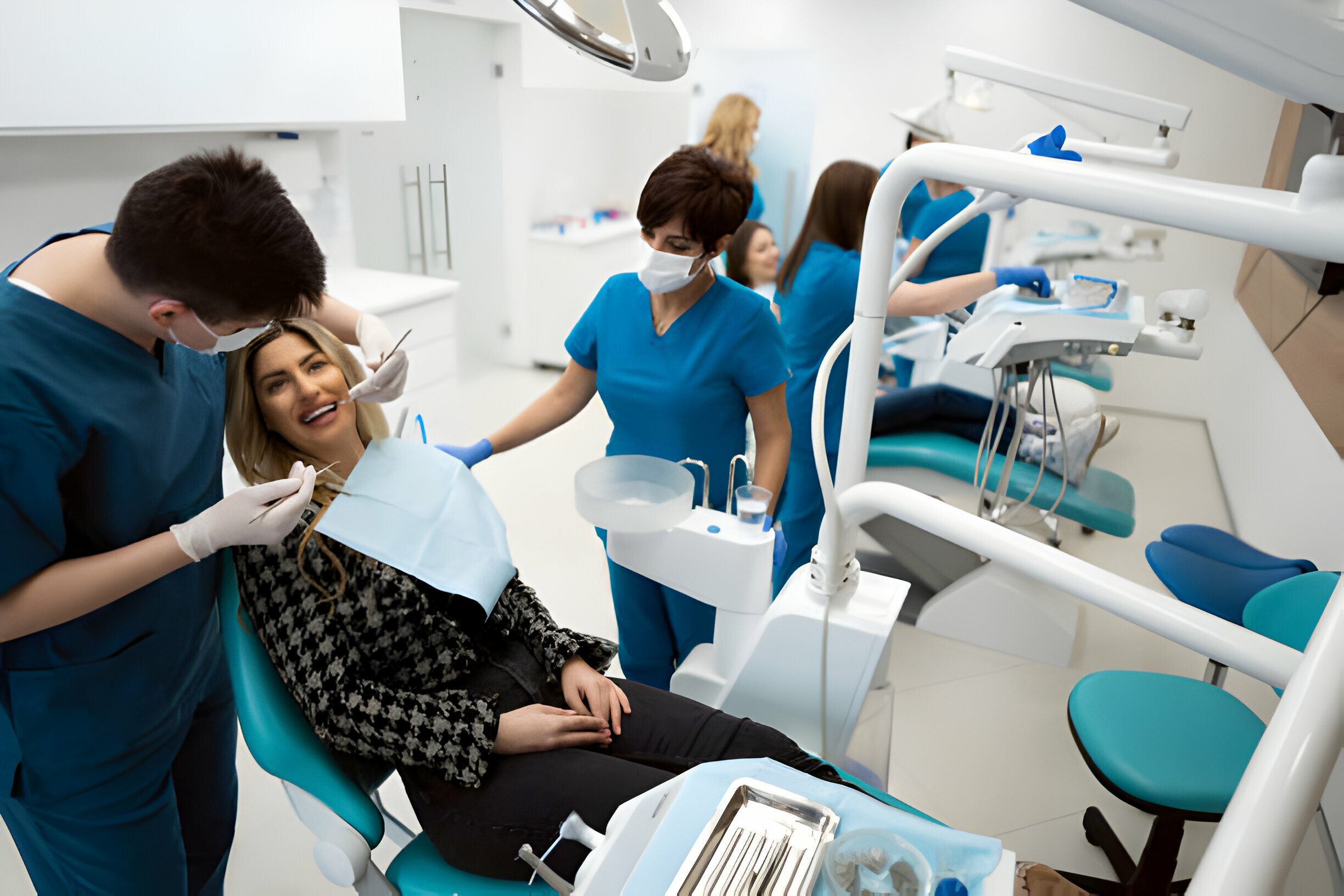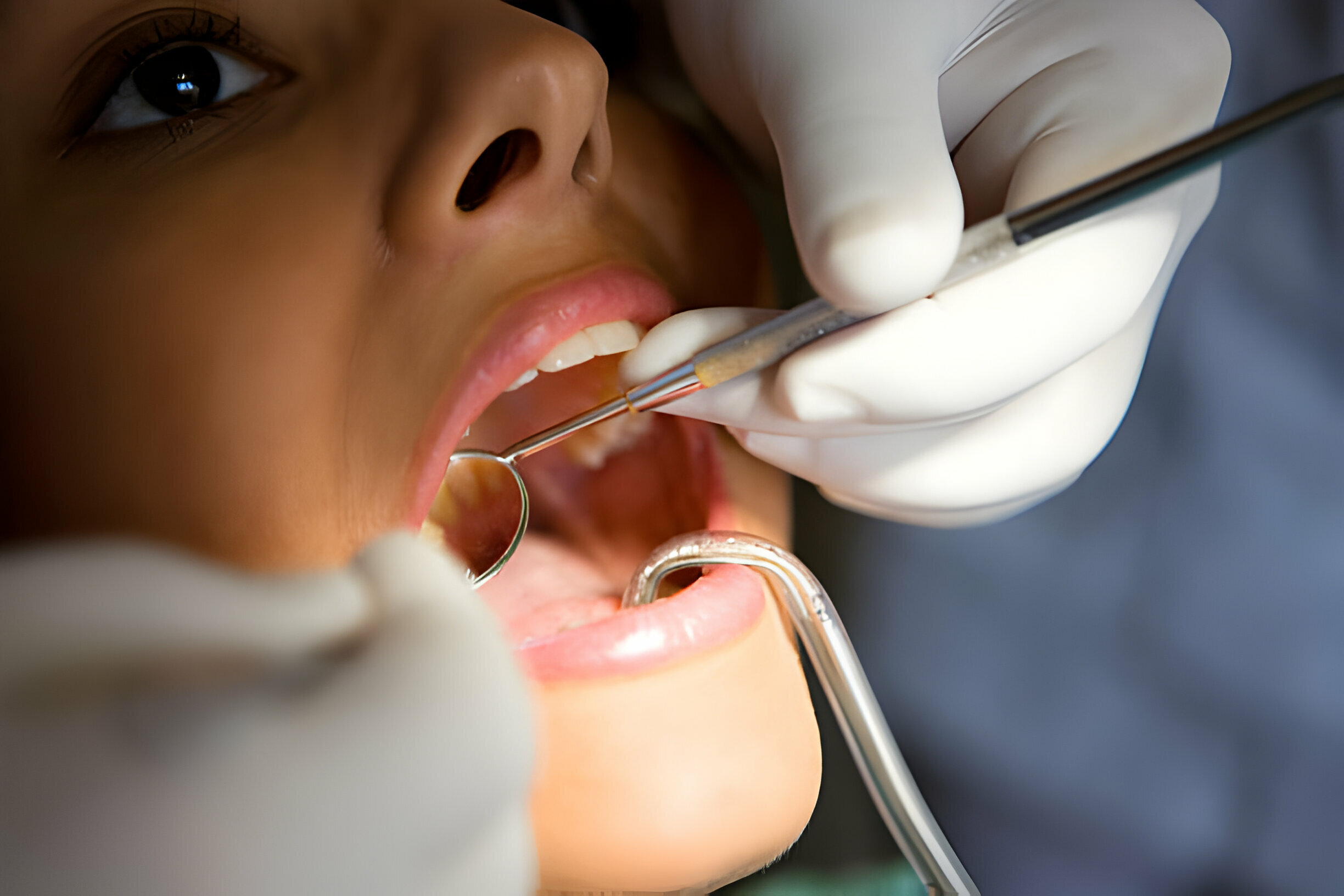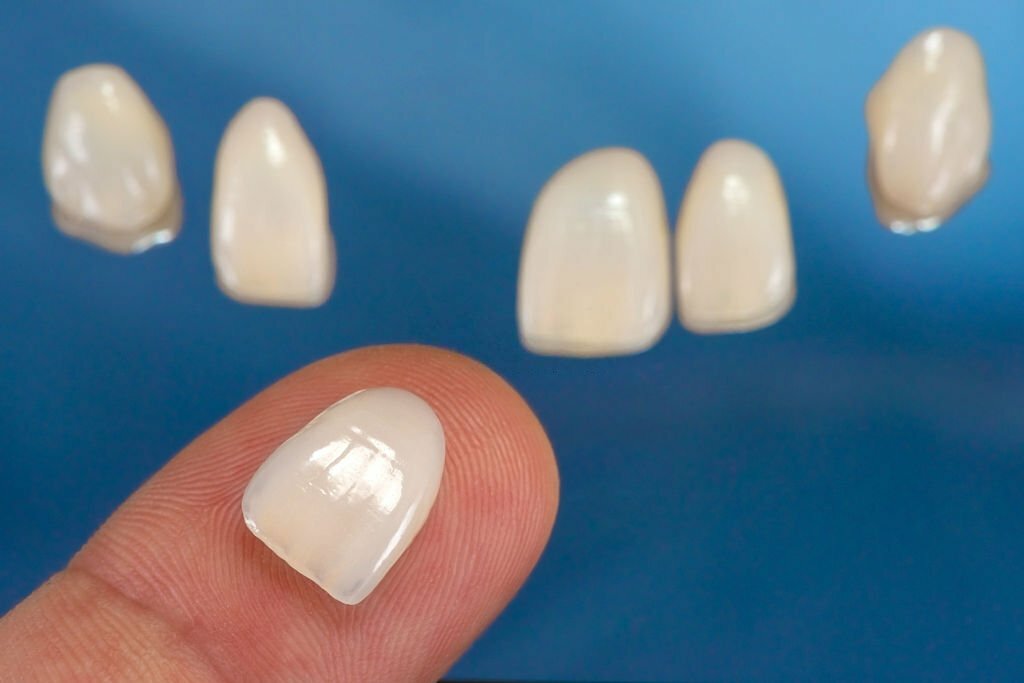Summary
Restorative dentistry is a dental treatment that plays a significant role in maintaining your smile’s health, confidence, and function. These treatments help repair and rebuild your teeth so you can eat, speak, and smile comfortably even with a small cavity, a missing tooth, or a cracked tooth.
This is how essential proper dental care can be in everyday life. If you’ve lost a tooth, professionals at Sundance Smiles can offer high-quality restorative care backed by advanced technology, friendly, skilled dentists, and a patient-focused approach.
The expert team ensures that every treatment, starting from fillings and crowns to implants and bridges, is tailored to your unique needs.
In this article, we will cover:
- Understanding Restorative Dentistry
- Expert Team and Personalized Care
- Advanced Technology and Modern Techniques
Continue reading to learn more about restorative dentistry and how it can benefit your business.
Understanding Restorative Dentistry
What is it?
Studies show that over 90% of adults aged 20–64 have had some form of tooth decay, highlighting just how common these issues are. Restorative dentistry is the dental procedure that focuses on repairing and restoring the natural function and appearance of your teeth.
The primary purpose is to restore your confident smile while ensuring your mouth functions properly for chewing, maintaining proper alignment, and speaking.
Common Treatments
Some of the most common restorative dentistry procedures include:
- Dental fillings – help treat cavities and prevent further decay.
- Crowns and bridges – to strengthen damaged teeth or replace missing ones.
- Dental implants help permanently restore lost teeth with a natural look.
- Dentures – to replace multiple missing teeth for a full, healthy smile.
Why Timely Care Matters
Certain dental complications, such as infections or shifting teeth, can be prevented with restorative treatments, and, most importantly, this should be done on time. It also helps improve your overall oral health, boosts your confidence, and lets you enjoy your everyday activities comfortably.
Expert Team and Personalized Care
Every patient at Sundance Smiles is cared for by an experienced, highly qualified dentist in Grants, NM. This dental clinic is supported by a skilled dental team dedicated to your oral health and comfort. This team brings years of professional experience, advanced training, and a genuine passion for helping every patient achieve confident, healthy smiles.
Personalized Treatment for Every Patient
No two smiles are the same, and thus neither should be their treatment plans. Before creating a personalised care plan tailored just for you, the team takes their time to understand your dental goals, lifestyle, and concerns, so that they can match perfectly. Whether it is a complex procedure or a routine cleaning, every treatment is designed to meet your unique needs and deliver long-lasting results.
Compassionate, Patient-Centered Care
Comfort and communication come first at Sundance Smiles. The professional team ensures that even the most anxious patients feel relaxed and supported throughout their visits.
Advanced Technology and Modern Techniques
Advanced technology at Sundance Smiles plays a very big role in delivering top-quality dental care. The clinic uses some of the latest techniques and innovations to make every visit for their patients more comfortable, efficient, and precise.
Cutting-Edge Diagnostic Tools
Various modern equipment, such as digital X-rays, 3D imaging, and intraoral cameras, helps the dentist get a clear, detailed view of your teeth and gums. These advanced tools enable quicker diagnoses and more accurate treatment plans, without the discomfort or long wait times of traditional methods.
Comfort and Precision in Every Procedure
Many laser dentistry treatments are now faster, less painful, and require little to no anesthesia. This means less swelling, quicker healing, and minimal bleeding.
Modern Restorative Techniques
Sundance Smiles also embraces same-day crowns and minimally invasive procedures. This is why patients can enjoy restored smiles in fewer visits. These advanced techniques not only save your time but also protect more of your natural tooth structure.
Therefore, advanced technology ensures natural-looking, long-lasting results while helping every patient leave with a healthier, more confident smile.
Comprehensive Range of Restorative Treatments
Patients at Sundance Smiles can expect a full range of restorative dentistry services in Grants, NM, designed to rebuild, repair, and restore healthy, confident smiles. Each treatment plan for every other patient is customized to meet individual needs and carried out with precision, comfort, and care.
- Dental Fillings: Cavities in your teeth are treated with durable, tooth-colored materials that blend naturally with your smile while restoring the strength and shape of your teeth.
- Crowns and Bridges: These are among the options for repairing damaged teeth or replacing missing ones. They are crafted from high-quality materials and help restore both their function and appearance.
- Dental Implants: Dental implants are among the best options for long-term, natural-looking tooth replacement. They are known for their unmatched stability and a realistic look.
- Root Canal Therapy: This treatment helps to save your severely decayed or infected teeth, relieving the unbearable pain while preserving your natural tooth structure.
Every procedure at Sundance Smiles is performed with advanced technology and gentle techniques to ensure a stress-free, satisfying dental experience.
Why Sundance Smiles for Restorative Dentistry?
Every visit to our clinic is designed to make you feel calm, cared for, and completely at ease.
Gentle & Stress-Free Care
We completely understand that dental visits can make some people nervous and anxious. This is why our team uses gentle techniques and modern pain management methods to ensure patients have a smooth, comfortable experience.
Safety You Can Trust
Your health and safety are always our top priority. The clinic, therefore, follows strict sterilization standards and advanced infection control protocols for every procedure. Every tool and every surface in the clinic is thoroughly sterilized, and we also maintain complete transparency about our safety practices.
Sundance Smiles – Name the Locals Trust
At Sundance Smiles, we believe that dentistry does not end when the treatment ends. Our team focuses on long-term results through regular follow-up visits, personalized maintenance tips, and routine check-ups that help keep your smile healthy for years to come.
Here’s what makes us stand out:
- A Trusted Name in the Community: Local families know Sundance Smiles for its friendly atmosphere and genuine compassion.
- Positive Word of Mouth: Countless patients have shared about how the team goes above and beyond to make every visit stress-free.
Patients Also Ask
Q. What is restorative dentistry?
It focuses on repairing or replacing damaged teeth to restore normal function, comfort, and appearance.
Q. How long do restorative treatments last?
With proper care, fillings, crowns, and bridges can last from 5 to 15 years.
Q. Is restorative dentistry painful?
Most procedures are done under local anesthesia, so patients experience little to no discomfort during treatment.
Conclusion
Losing a tooth can pose a significant challenge to your smile and overall lifestyle. However, when you connect with the right professionals for restorative dentistry, you can renew your lifestyle and smile.
Takeaway
- The expert dental team ensures every treatment, from fillings to implants, is tailored for comfort, precision, and long-lasting results.
- Patients trust Sundance Smiles for its welcoming atmosphere, strict safety standards, and long-term commitment to healthy, confident smiles.

